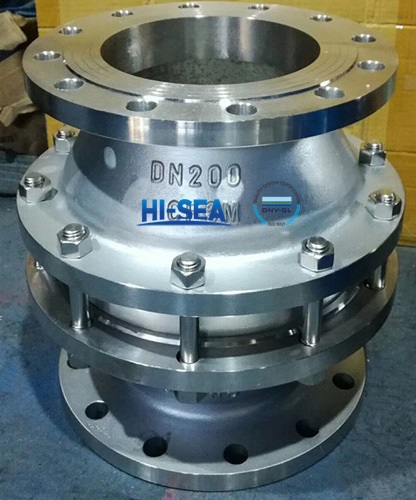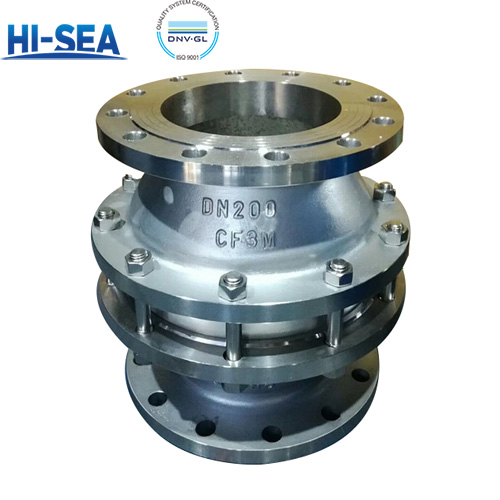
Where to Install a Flame Arrestor?
Proper placement is critical to ensure maximum protection, and the correct type of flame arrester should be selected based on the process conditions, such as pressure, temperature, and the specific gas or vapor type. Regular maintenance and inspection are also essential to keep flame arresters effective.
Overview
Key installation points include:
Vent Pipes and Exhaust Lines: On storage tanks, reactors, and vessels containing flammable materials to prevent flames from entering the tank or escaping to the atmosphere.
Manifold Connections: At points where gases or vapors flow through connected lines to stop a potential flame from spreading into other system parts.
Near Potential Ignition Sources: Close to areas where ignitions could start, such as open flames, electrical devices, or any equipment prone to sparking.
Gas Pipelines: Along gas transmission or distribution lines where combustible mixtures might exist, especially where pipelines connect with compressors, pumps, or engines.
Process Lines: Particularly where gases or vapors are pressurized, and flame fronts may propagate, such as in petrochemical or chemical processing plants.
Tank Breathers and Relief Systems: For tanks storing volatile or flammable liquids, flame arresters are often installed on the breather vent to stop flame entry in case of external ignition sources.
Picture:






